Proper pruning keeps lavender plants healthy and attractive. Without it, the woody base can grow large and unruly, becoming prone to splitting in the freezing winter months. But when you know how to prune lavender correctly, you can train it to grow in a tidy mounded shape that produces denser foliage and more blooms. Pruning also encourages root growth. Lavender has shallow roots that are susceptible to rot due to excess moisture, but cutting the plant back results in a stronger root system that stores energy for the winter and is less likely to rot.
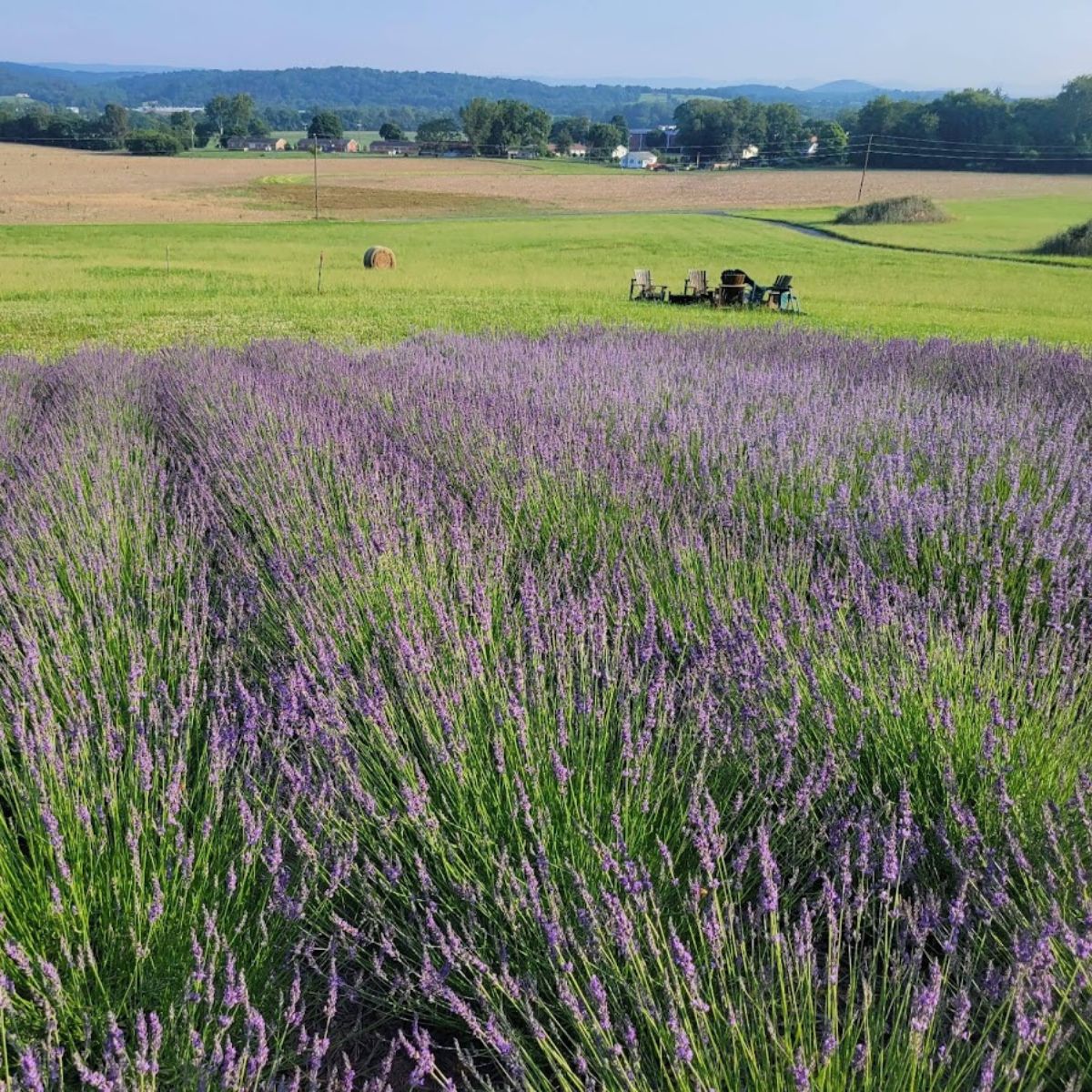
How to Prune Lavender
Methods for pruning lavender vary somewhat based on the age of the plant, the species grown, and whether you harvest the flowers. For example, angustifolia (English lavender) varieties can withstand – and may even benefit from – more aggressive pruning than other types.
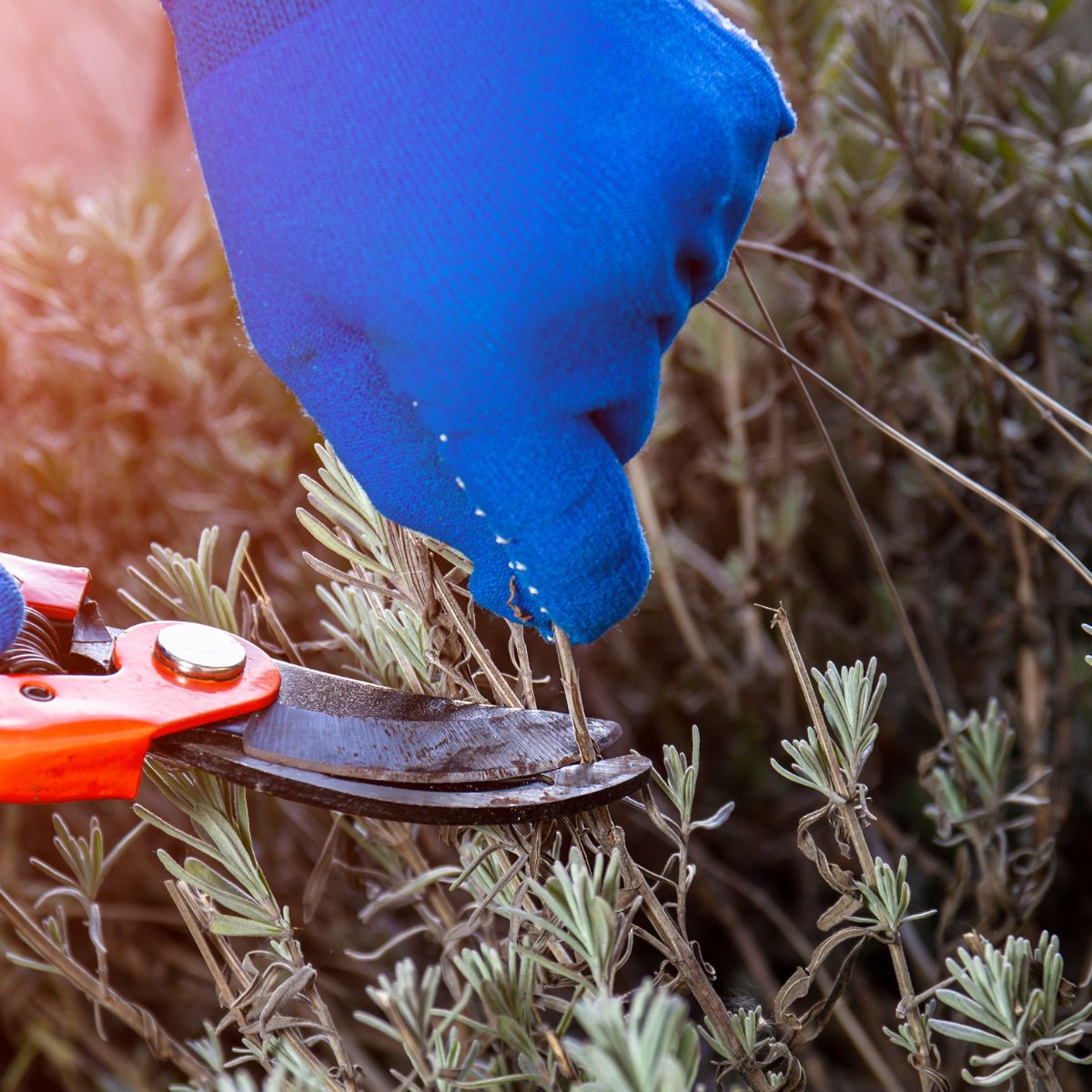
Spanish or French lavender (L. stoechas), on the other hand, tends to be more fragile and should be pruned lightly. Lavendins fall somewhere in the middle, somewhat hardy but not as forgiving as angustifolia.
Regardless of the variety of lavender or the specific method employed, make sure to use clean, sharp pruners to make clean cuts and avoid transferring any diseases. Shears may also be used for a quicker but less precise pruning, which is helpful if you have numerous lavender plants.
When to prune lavender
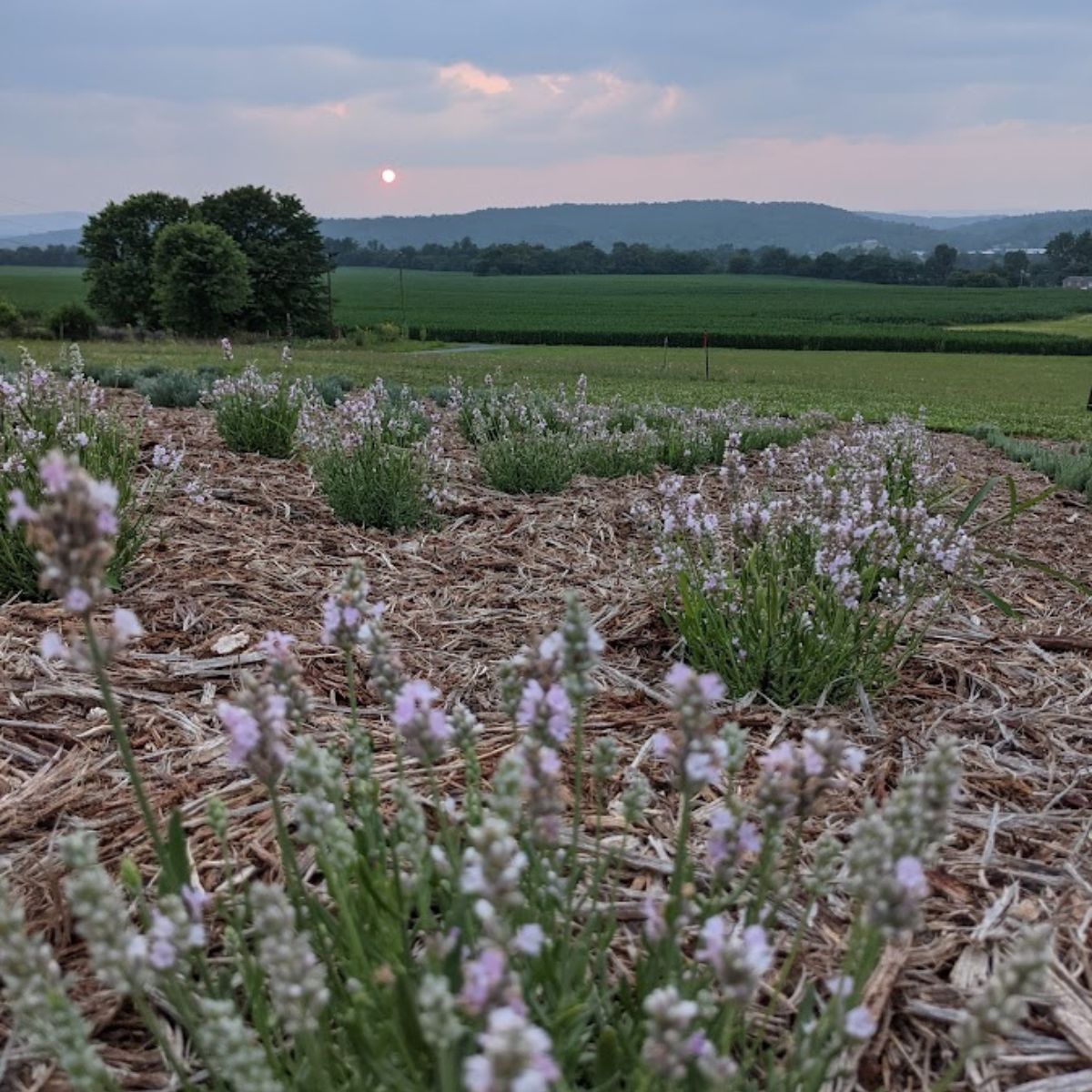
The best time to prune lavender plants depends on their age: young plants should be pruned when they are planted in the spring, while established plants should be cut back in late summer after blooming. This usually falls toward the end of August or very beginning of September, or at least six weeks before the first frost. Pruning later than that makes the plants more vulnerable to harsh weather, limiting their ability to survive the winter.
Lavender can be pruned in the spring instead, around mid- to late April. However, this typically results in slower spring growth and delayed blooming.
Pruning young lavender plants
Right before putting new lavender plants in the ground, give them a bit of a haircut. This first, light prune helps balance the roots and foliage and encourages the plants to focus their energy on growing strong, healthy roots in the first year.
Cut back the top one-third of the foliage, including any flowers. To begin training the plant to grow in a neat mound, trim it slightly shorter toward the edges and taller in the middle, giving it a gently rounded shape before it even comes out of its nursery pot.
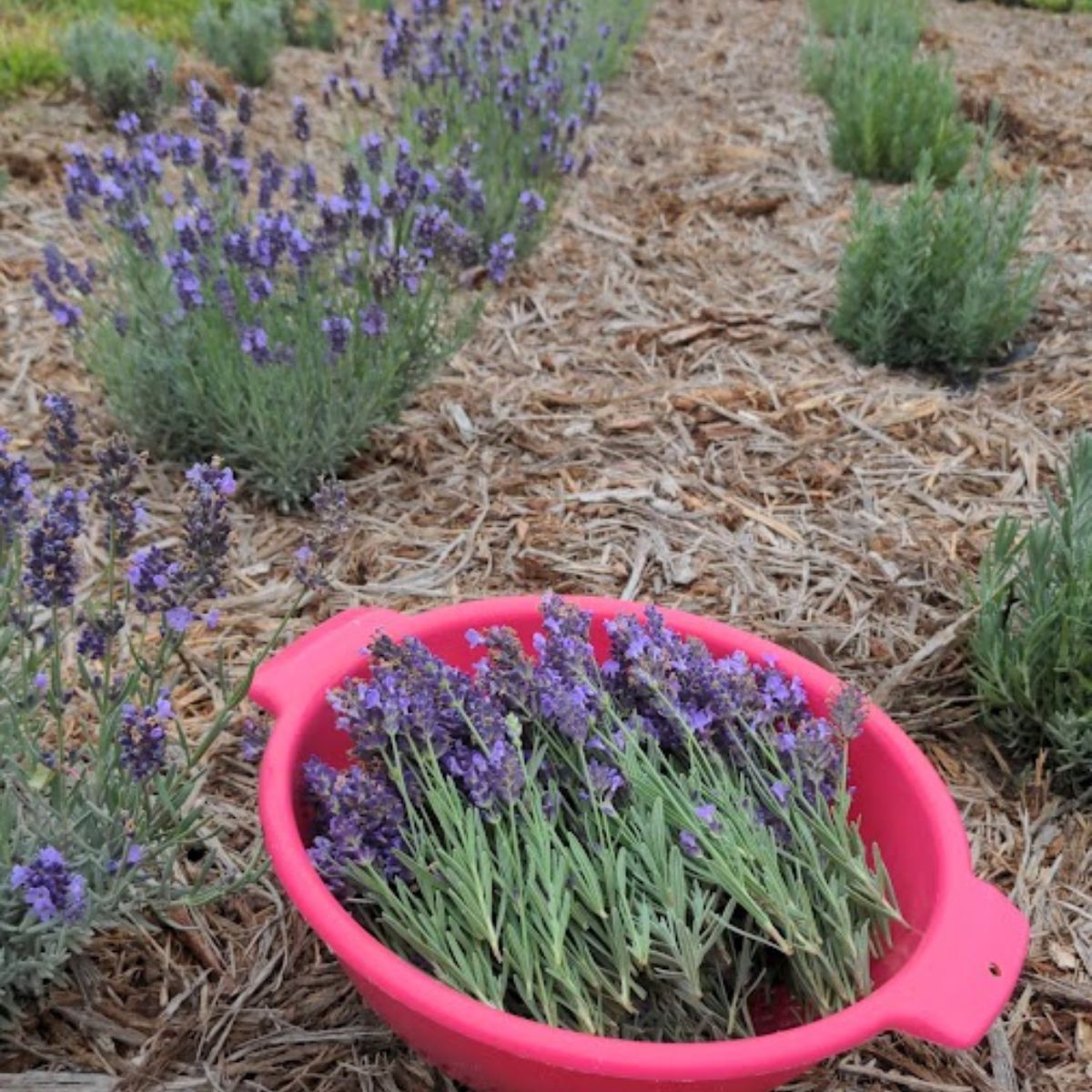
If the lavender tries to bloom after being planted, remove the flower spikes so energy is not wasted on blooming; the first season is all about establishing roots.
Aside from pinching off flowers, do not prune again until the second year, when the plant can get its first annual hard prune. Over-pruning new lavender plants can reduce their ability to produce food and become well established.
Hard pruning lavender
After the plants have finished blooming and at least six weeks before frost, prune all established lavender plants in their second year and older. To do this, first identify the woody growth toward the base of the plant. This woody section should not be cut, as it likely will not regrow (except, perhaps, in the case of angustifolias). Follow a woody stem up to where it becomes green and supple and the first leaves emerge. Measure two to three inches up from this point, and cut there. Trim the whole plant this way, taking care to maintain a low mounded shape as you go.
Properly pruning lavender will stop it from getting woody.
This may seem tedious the first time you do it, but after you prune a few plants, you will begin to get the feel for it and move more quickly, confidently eyeballing where to make each appropriate cut. The following year, notice how the plant grows back lush and full, with an abundance of blooms!
Deadheading lavender
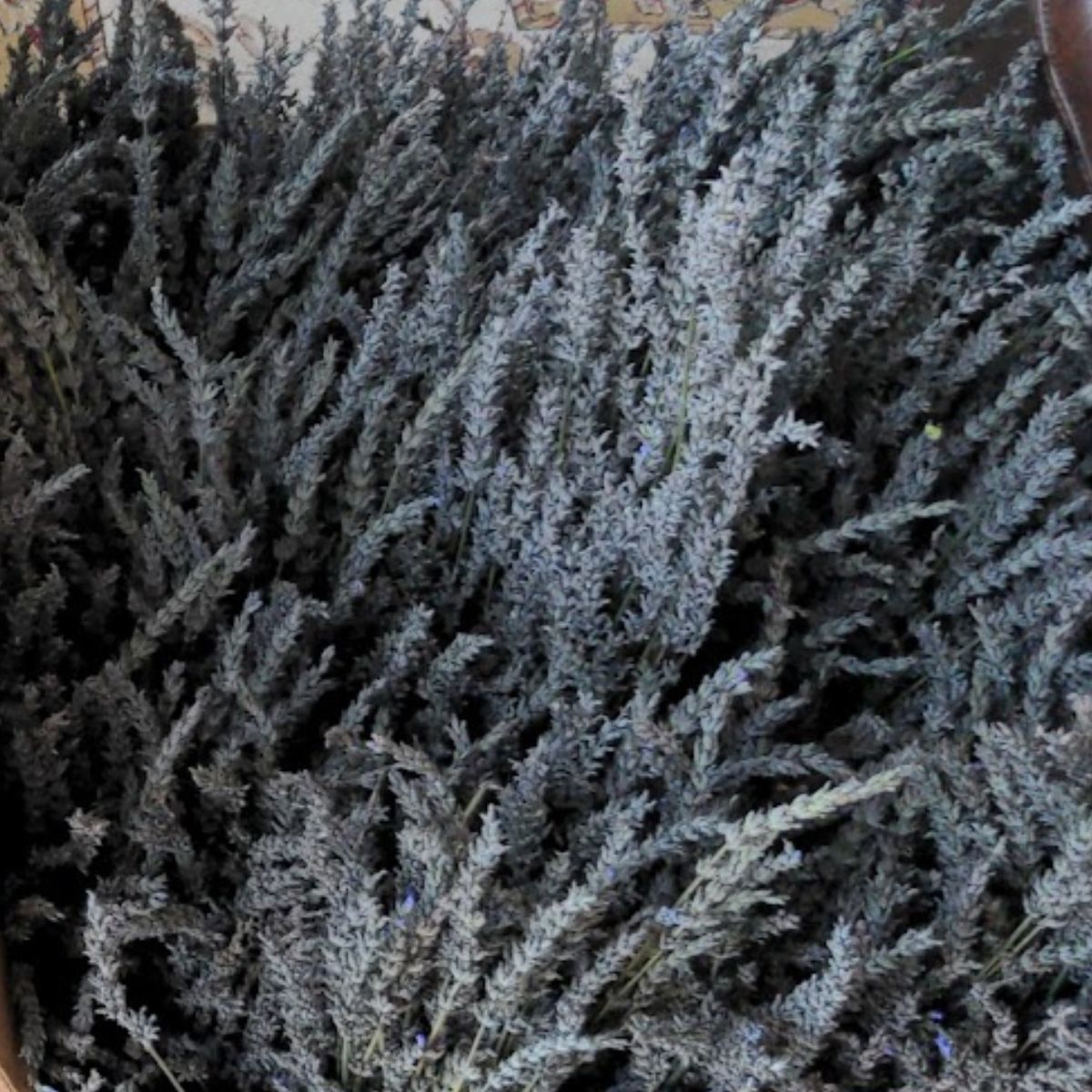
If you grow lavender as an ornamental rather than to harvest its flowers, you may also want to deadhead your lavender during the growing season. This will help reblooming varieties put on a second flush of flowers more quickly. When the first flush of blooms begins to fade, snip off each flower stem just above the first set of leaves.
Whether you grow lavender for its beauty in the garden or the usefulness of its flower buds, your plants will benefit from a good pruning every year. Just remember to not cut into the woody base and to finish well before the first frost, and it’s hard to go wrong. Your lavender plants will be even more lush and beautiful next year!
Learn More About Growing Lavender
So now that you know how to prune lavender, learn more about growing, using, and enjoying lavender.
- companion plants for lavender
- how to care for Spanish lavender plants
- culinary lavender varieties
- how to grow lavender for fun and profit
- how to grow lavender from cuttings
- the right mulch for lavender
- how to dry lavender
- lavender growing guide
- how to harvest lavender
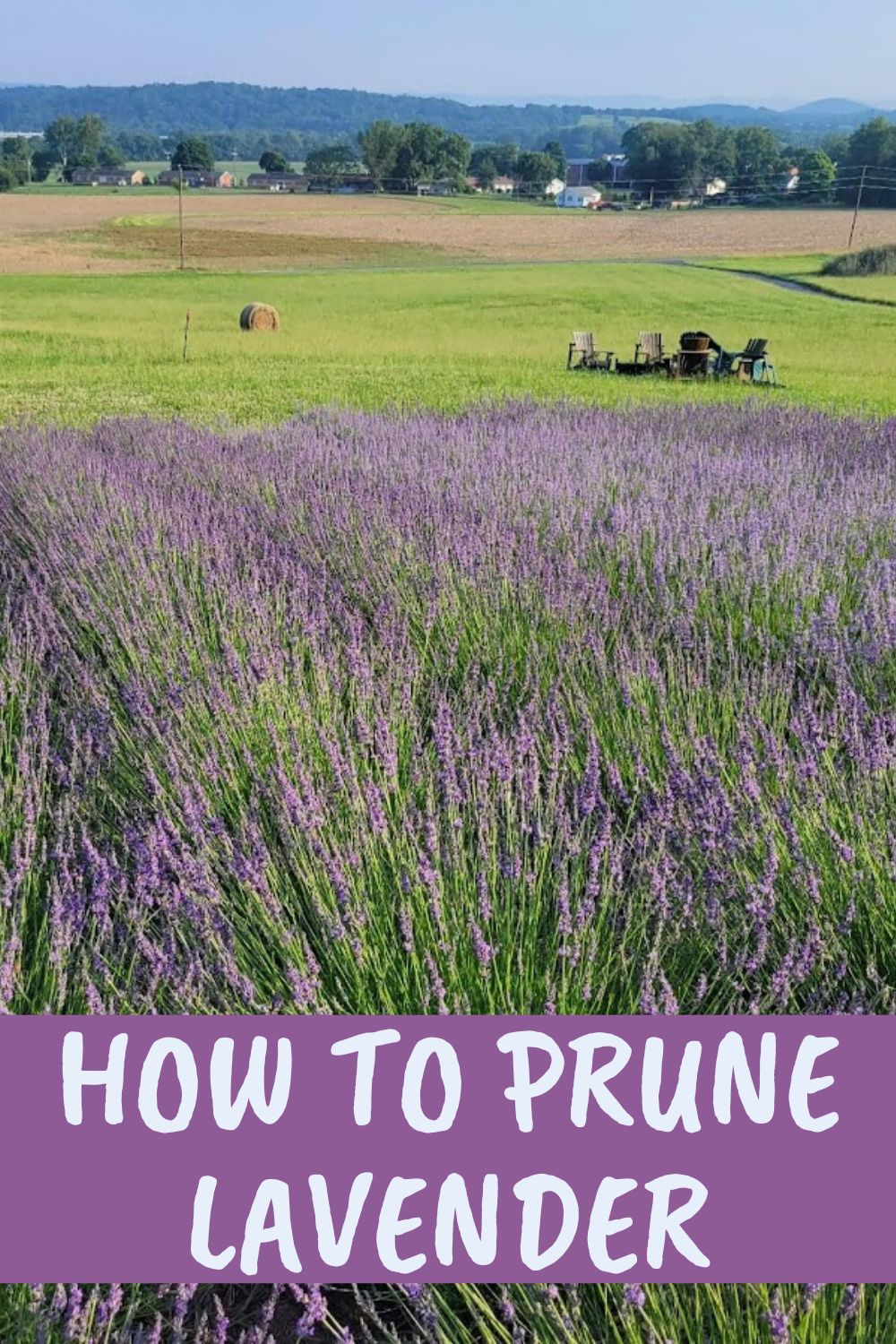




How To Harvest Lavender And 5 Ways To Use It
Sunday 16th of April 2023
[…] How to prune lavender […]
How To Grow Lavender From Cuttings In 6 Easy Steps
Sunday 16th of April 2023
[…] How to prune lavender […]
The Best Mulch For Lavender - 6 Great Options
Sunday 16th of April 2023
[…] how to prune lavender […]
How To Save A Dying Lavender Plant: 10 Things To Try
Sunday 16th of April 2023
[…] essential to prune your lavender plants to support healthy root development and remove old growth. Prune in the early spring before […]
The Best Fertilizer For Lavender
Saturday 14th of January 2023
[…] How to prune lavender […]